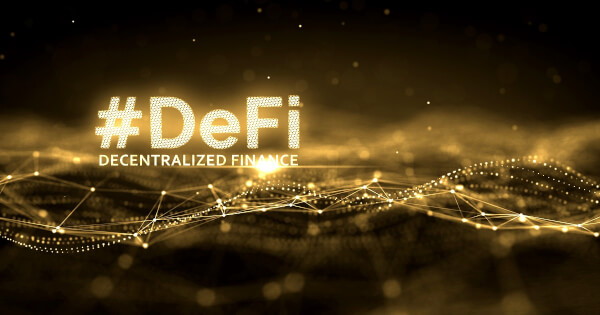
The recent depegging event of Circle’s USD coin (USDC) has shed light on the potential risks to both decentralized finance (DeFi) and traditional finance. Traditionally, regulators have expressed concerns that DeFi could pose risks to the traditional financial services sector. However, the recent failures of established financial institutions, such as Silicon Valley Bank and Signature Bank, have shown that distress can also spread to the DeFi sector.
The depegging of stablecoins, such as USDC, BUSD, and DAI, has highlighted governance risks related to the custody of reserve assets. Stablecoin issuers’ reliance on a relatively small set of off-chain financial institutions limits their stability, and the reduction in the available pool of financial institution partners could make it even more difficult for fiat-backed stablecoins to maintain stable exchange rates.
The USDC depegging event caused the fiat-backed stablecoin to fall below $.90 following the announcement that Circle had up to $3.3 billion in exposure to Silicon Valley Bank, which had suffered a deposit run. Other smaller-circulation stablecoins also lost their pegs. Only USDT seemed to benefit from the turmoil, briefly exceeding $1, most likely because of investors shifting out of the depegged stablecoins.
While the depeg event was relatively short-lived, it has laid bare the risks associated with stablecoins. Moody’s anticipates that regulators could increase their scrutiny of stablecoins and require greater counterparty diversification. Last year, the Terra/LUNA collapse raised concerns about stablecoins’ reserves, leading regulators to recommend additional liquidity and transparency requirements. The EU cryptoasset regulation (MiCA) briefly touches on this, but leaves precise regulatory standards to be determined by European banking authorities.
As traditional finance and DeFi become more intertwined, the risk of systemic failure increases, emphasizing the need for effective regulation, transparency, and risk management. Regulators could potentially trigger additional regulatory requirements, notably on counterparty diversification, in light of the Silicon Valley Bank and Signature Bank failures.
In response to the shortcomings of stablecoins, there is growing interest in exploring alternative solutions, such as tokenized bank deposits. Tokenized bank deposits would allow users to hold digital tokens that represent ownership of underlying bank deposits, subject to the regulatory standards of banking. This would provide greater confidence in the underlying assets’ safety, although credit risks associated with traditional banking would still remain.
In conclusion, the depegging of stablecoins has brought to light the potential risks associated with both DeFi and traditional finance. The event has highlighted the need for effective regulation, transparency, and risk management, and has sparked interest in exploring alternative solutions to address the shortcomings of stablecoins.


